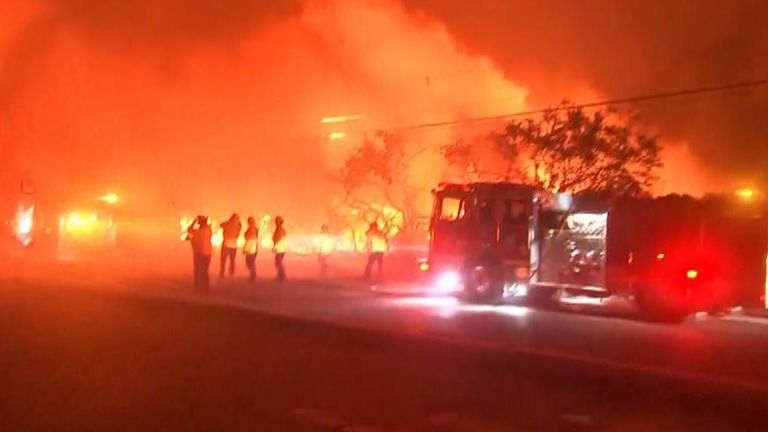Inferno in the Hills: Malibu's Star-Studded Neighborhoods Ablaze

A prolonged drought has dramatically intensified the wildfire's destructive path, creating a perfect storm of environmental conditions that are fueling the blaze's rapid and unforgiving spread. The months-long absence of rainfall has transformed the landscape into a tinderbox, making the terrain exceptionally vulnerable to fire. As the inferno continues to rage, thousands of residents have been issued urgent evacuation orders, underscoring the critical nature of the emergency and the immediate threat to local communities.
The parched landscape, starved of moisture for months, has become an ideal catalyst for the fire's unprecedented speed and severity. Dry vegetation, brittle and combustible, acts like kindling, allowing the flames to jump and spread with alarming efficiency. Emergency services are working tirelessly to contain the blaze, but the combination of dry conditions and unpredictable wind patterns continues to challenge their efforts.
Residents are being urged to take immediate action, prioritizing their safety and following official evacuation instructions without delay. The situation remains dynamic and potentially life-threatening, with local authorities working around the clock to protect lives and property in the face of this environmental crisis.

